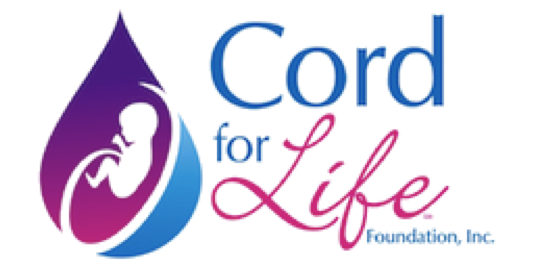CORD BLOOD – BETTER THAN BONE MARROW

Stem cells perform three important functions: 1. They renew themselves; 2. Differentiate into other cells; and 3. Renew other cells. Hematopoietic stem cells (HSCs) can restore the immune system following chemotherapy or radiation for leukemia, lymphoma, and other life-threatening diseases.
Historically, HSCs have only been available from bone marrow and peripheral blood transplants. As cord blood processing and storage technology has advanced over the last thirty years, it is now superior to both bone marrow and peripheral blood as a source of HSCs.
Stem cells from umbilical cord blood are now widely used in clinical research and are a leading source of stem cells for cellular therapy. In addition, stem cells from umbilical cord blood are increasingly available as transplant units stored in public and private cord blood banks steadily increase every year.
Stem cells from umbilical cord blood have some important benefits that stems cells from bone marrow and peripheral blood lack. In considering private cord blood banking for your growing family, here are some highlights on the benefits of banking your child’s cord blood:
Cord Blood Offers More Than Bone Marrow
Should your child or another family member need a stem cell transplant, you’ll want to know there is a readily available genetic match. The National Bone Marrow Registry and public cord blood banks won’t provide the same certainty as privately banked cord blood.
- Your child’s stem cells are a perfect genetic match to them and a potential genetic match for siblings and other family members. Finding a matching unrelated donor is less certain, particularly for minorities or mixed-race families.
- Cord blood is collected in advance, tested, and stored frozen, ready for use. Bone marrow donation requires finding a match, scheduling surgery, collection under general anesthesia, and recovery.
- A small volume of cord blood can be used in transplants. Bone marrow transplants require a quart of more of bone marrow and blood.
Cord Blood Has a Lower Risk of Complications
In thinking about the options for a stem cell transplant, safety and efficacy are critical to a full recovery. Cord blood stem cells are superior to bone marrow stem cells in terms of risks of rejection, contamination, and infection. They also outperform bone marrow in their ability to replace cells damaged or deceased from chemotherapy or radiation treatments.
- Cord blood has a lower risk of graft-vs-host disease (GVHD). Approximately 10% of patients experience complications from chronic graft-versus-host disease from cord blood transplants versus 60% for bone marrow recipients. Graft-versus-host disease occurs when immune cells from the donor (the graft) attack the recipient’s cells (the host).
- Cord blood transplants have a low risk of tumor growth, low risk of viral contamination, and high cell proliferation capacity.
- Latent viral infection is rare in cord blood donors. Cytomegalovirus (CMV) infection is present in <1% of U.S. cord blood donors, but >50% of U.S. adult bone marrow donors. Cytomegalovirus (CMV) is a common virus that can infect almost anyone. While it rarely causes problems for healthy individuals, it is a leading cause of death in bone marrow transplants as a result of their weakened immune systems.
Source: Bioinformant Worldwide, LLC: Complete 2015 – 2016 Global Cord Blood Banking Industry Report

